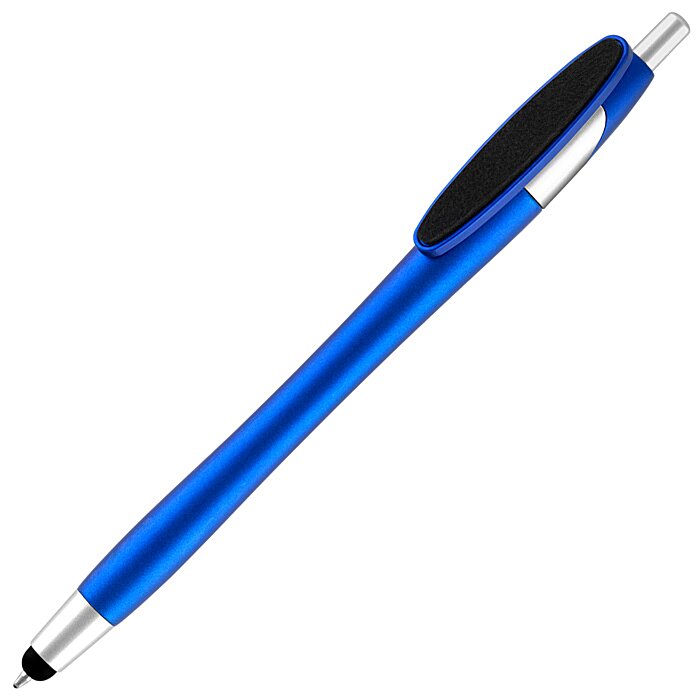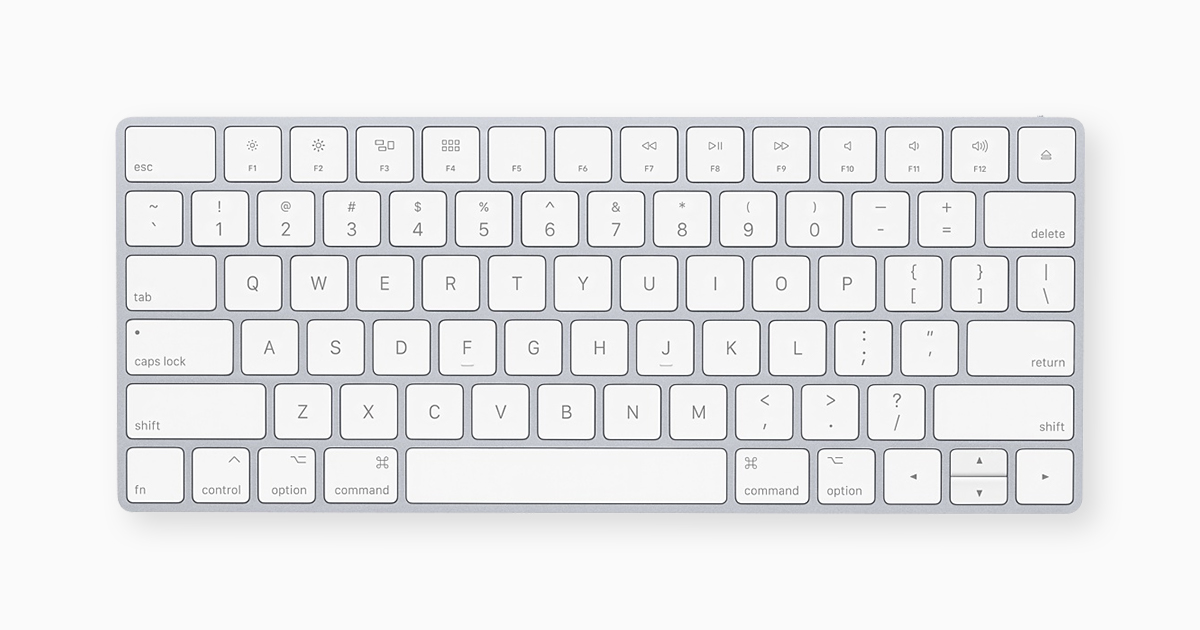
STYLUS FOR MAC TRACKPAD FREE
FREE Shipping on orders over 25 shipped by Amazon. This would put the iPhone a year ahead of the mandated change per the EU. Pen for Tablet, Capacitive Disc Tip Stylus Pencil & Magnetic Cap Compatible with All Touch Screens, Pens for Apple iPad pro/5/6/7/8th/iPhone, Samsung Galaxy Tab A7/S7, Chromebook, Touch Pad (Black) 4.3 out of 5 stars 5,198. “The iPhone 15 is essentially a lock to get USB-C in the fall of 2023,” he says. Gurman also expects next year’s iPhone 15 to leverage USB-C charging. “I think it’s a safe bet that those accessories will move to USB-C in their next incarnation,” Gurman says.
STYLUS FOR MAC TRACKPAD MAC
Gurman believes that as Apple looks at the next major refresh for the iMac and Mac Pro, the opportunity for new accessories also opens up. Bloomberg’s Mark Gurman believes that the AirPods line will adopt the USB-C standard by 2024.Īdditionally, Mac accessories like Magic Keyboard, Magic Mouse, and the Magic Trackpad will offer USB-C support by as early as 2023. For example, the iPhone, AirPods and several Mac accessories still utilize Apple’s proprietary Lightning port. Many Apple devices, including its MacBook line, already support USB-C charging. Further, the mandate requires laptops to support USB-C charging by spring 2026. I have found that using the Apple Magic Trackpad with a wide grip stylus like the Elago Stylus Grip has helped reduce fatigue and made the trackpad experienc. The vote was passed in favour of mandating manufacturers to integrate USB-C across new phones, tablets and earbuds/headphones released in the EU by the end of 2024. The EU recently voted to make USB-C a “common port” across the region. Additionally, many Mac accessories will also drop Lightning connectivity. The company is reportedly working towards adopting USB-C charging across AirPods, AirPods Pro, and AirPods Max, according to a new report. Apple’s move away from physical trackpads seems to have only upside at this point in my testing.Apple is planning a major transition to USB-C in the wake of the European Union (EU) approving its USB-C mandate. The bottom line is, though, that each of these settings still feels miles beyond trackpads on non-Apple notebooks, and the new input device will completely fool your brain into thinking it’s an actual, moving clicking button. Trying it out with a Wacom Bamboo iPad stylus also generated promising results, which is good news for graphics pros looking for a quick input solution on the go.Īs you can see from the video above, the three settings offer a range of different audio feedback, and using it on the lowest setting will be most comfortable for those who are used to using “tap to click” instead of physically pressing the keypad on current models.

This doesn’t fully reveal how it might be used in more sensitive, detail-oriented drawing applications, but it at least shows that there is pressure-sensitive input available for devs to leverage. The company offers the app only for 24.95, or bundles it with its Pogo stylus for.

So far, those features are best experienced in Apple’s native Preview app, where they can let you vary line width when writing your signature or when using the marker tool to annotate PDFs. They align perfectly with our vision for Inklet and mobile drawing without the hassle of external tablets. And developers can leverage the pressure sensitivity added to the input surface for writing and drawing applications. You can also tweak the response of the Force Touch trackpad to feel either more or less clicky depending on your preference. A secondary, deeper press (which is easy to identify for users thanks to tactic feedback) provides a quick way to look up dictionary definitions, map directions, and much more. Features Unlockedįorce Touch tech not only saves Apple crucial space inside the MacBook’s overall case, it also offers new features to developers and end-users. But whereas Apple’s previous trackpad design had actual downward travel, this one doesn’t budge – what you’re feeling is instead a combination of haptic feedback driven by Apple’s new ‘taptic’ engine, which uses micro-vibrations to simulate movement, and sound produced to recreate the ‘click’ you hear when you press a MacBook’s trackpad. The Force Touch trackpad, in case you haven’t heard, has a software-defined, user-controlled “click” effect designed to mimic the physical and tactile sensation of the previous mechanical model.

That said, the experience of using the new one still absolutely feels like a mechanical click, even though no such click is actually taking place, and it is mind-boggling. While at the event, in the brief hands-on experience, I missed the subtle differences between the two, but you can definitely tell when you’re using the new Force Touch trackpad vs. First of all, I want to clarify that it does feel different from Apple’s previous mechanically clicking trackpad design.


 0 kommentar(er)
0 kommentar(er)
